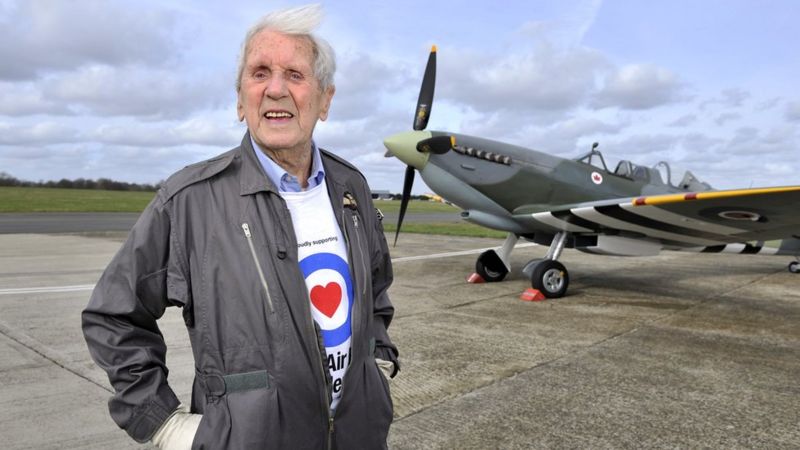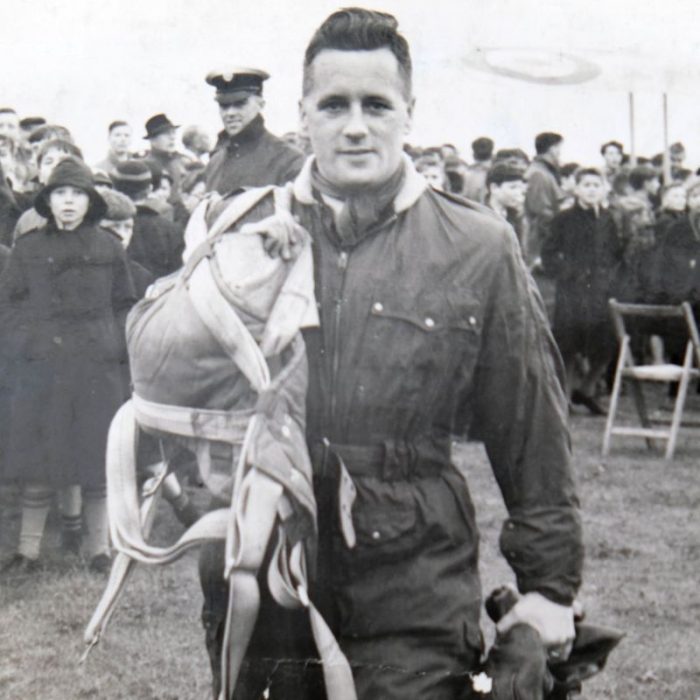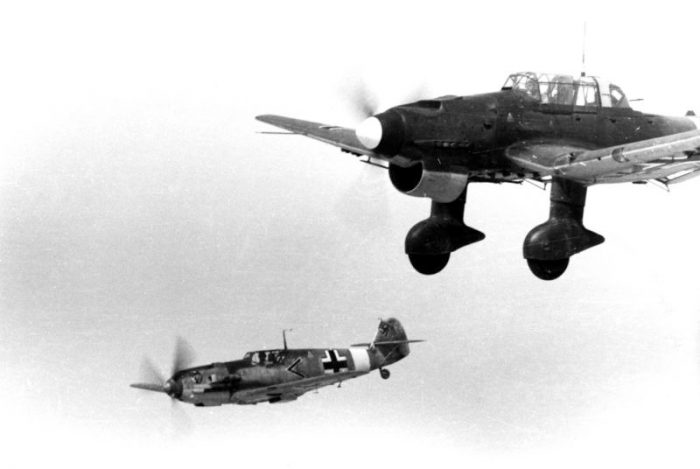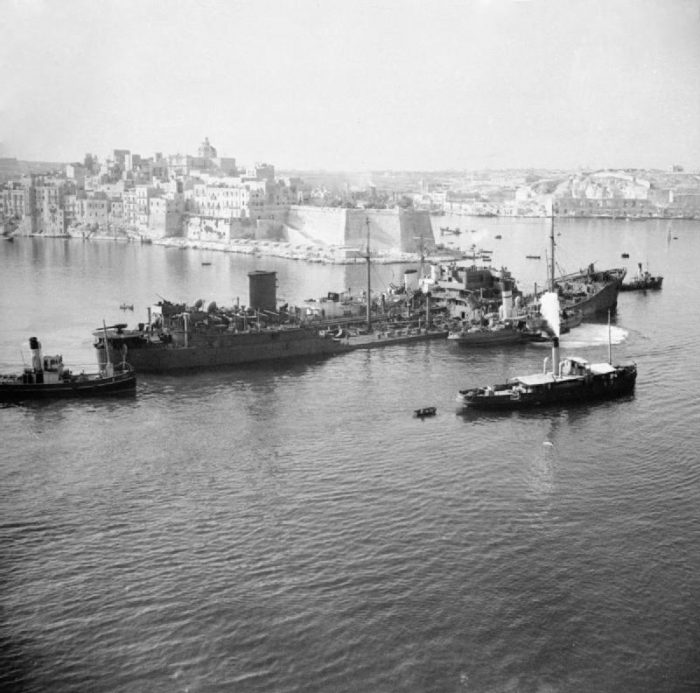Allan Scott, One of the Last Spitfire Pilots from the Siege of Malta Dies

Allan Scott, one of the last Spitfire pilots who flew over Malta to protect it from bombers during World War II has passed away at the age of 99 years old.
A squadron leader for the Royal Air Force, Scott is best remembered for his part in Operation Pedestal when RAF pilots protected ships with important cargoes of supplies as they struggled to dock amidst heavy bombing by Axis forces.
Scott shot down his first bomber at the age of 19 after quitting school in order to fulfil his dream of flying. He first served with the 124 squadron in the Battle of Britain.

A year later, he served his second tour during the siege of Malta. He earned the Distinguished Flying Medal for shooting down five enemy planes during the fighting.
He survived even though he said the expected lifespan for a pilot in Malta was only 15 minutes. Supplies were in short supply and there often was not enough food. Still pilots were scrambled up to four times every day whether they were starving or not.
He said that they were a thorn in the side of the Axis as they sent everything they had to take Malta. At one point, the island was bombed for 154 consecutive days. “They flattened it,” he said at a 75th anniversary of King George awarding the Maltese the gallantry honor for their bravery during the siege.

Scott continued flying long after leaving the military. After the war he worked as a test pilot and flew more than 80 different types of aircraft. He last flew a Spitfire in 2018 to celebrate the 100th anniversary of the RAF. He was planning to take his last flight on his 100th birthday.
Scott was also a strong supporter of the RAF Benevolent Fund and a champion for RAF veterans.
He twice met the Queen. In 1943, he received the Distinguished Flying Medal from King George VI. At the time, the Queen was a 16-year-old princess who admonished the young pilot when she caught him smoking.
The second time he met the Queen was in 2015 when they visited the headquarters of the Royal Auxiliary Air Force’s 603 Squadron in Edinborough.
Operation Pedestal was a key battle in WWII. Leading up to the midway point of 1942, the Germans had sunk over 3,000,000 tons of cargo in the Atlantic, Rommel was pushing through Africa, and the German’s were in Stalingrad.
Malta was a strategic island in the Mediterranean and key to the Allies holding the region. The Axis placed the island under siege making it difficult to get supplies in to the island.

Operation Pedestal was the last gasp effort to get much needed fuel and supplies to Malta before they needed to surrender. Between August 10th and 15th, the Germans launched an all out attack to prevent the convoy from reaching Malta.
On August 15th, the USS Ohio, the largest tanker built for the war, arrived in Malta to great celebration from those on shore.
Another Article From Us: The Forgotten B-24 that Completed 25 Missions Before the “Memphis Belle”
In September, the Allies sank 100,000 tons of Axis cargo including 24,000 tons of fuel intended to supply Rommel’s attack on El Alamein. Rommel did not have the supplies to succeed in that battle and the tide of the war shifted to the Allies for the remainder of the conflict.
